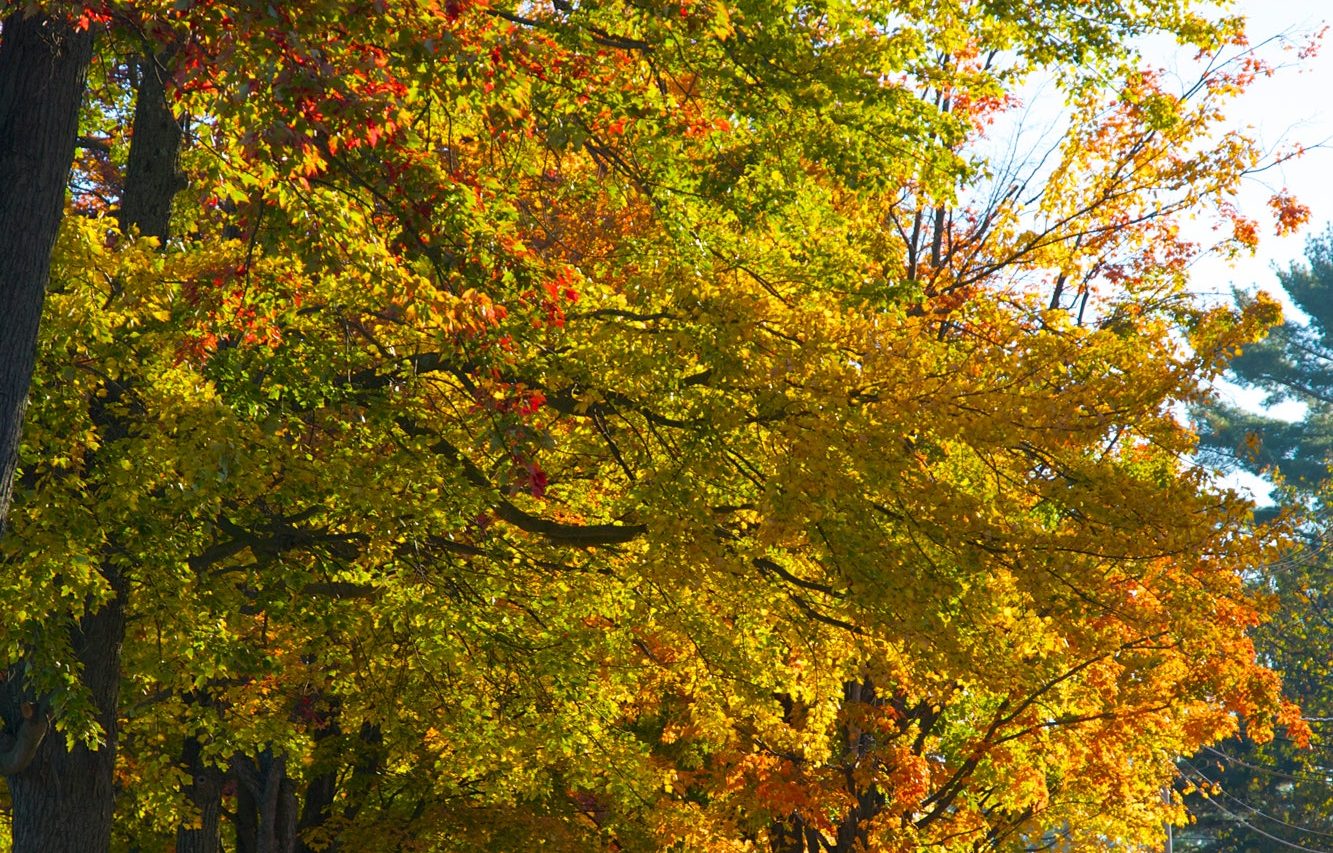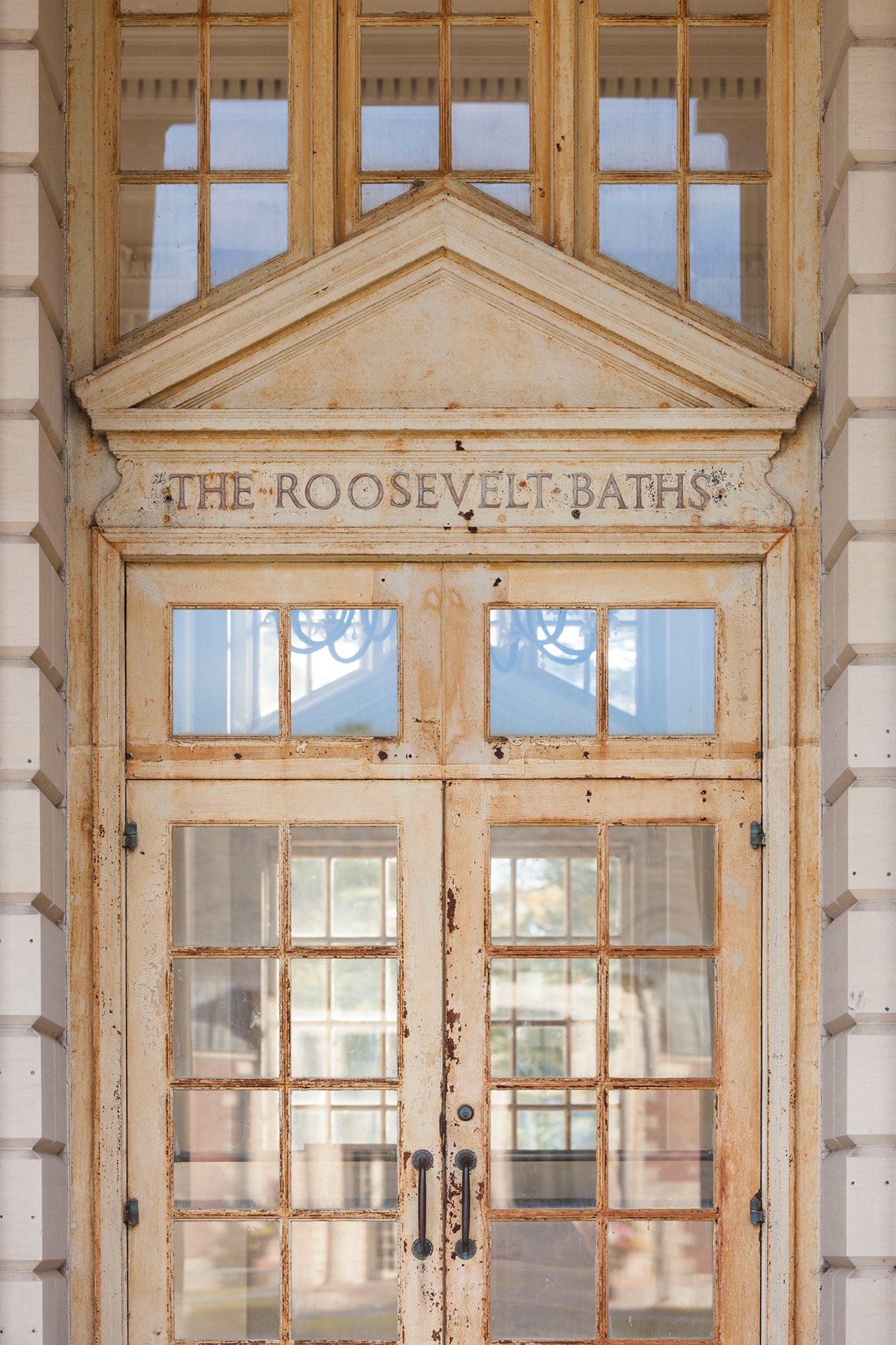A Quiet Weekend Away in Saratoga Springs

Named for the 20 or so natural springs that bubble to the surface there, Saratoga Springs, New York, has had a long history as a summer resort town. Sitting north of the Hudson Valley, at the foothills of the Adirondacks, the area was first settled by Native Americans who believed the mineral waters were a gift from the gods and imbued with healing properties. As word of the magical springs spread, due in part to European settlements around 1700, tourists began to arrive, hoping to soak up the health benefits. By the 1800s, the effervescent waters were tapped for drinking and bathing, and stately spas and monumental luxury hotels—some the largest in the world in their time—sprang up. A new railroad began shuttling in the well-heeled looking to escape steamy New York City, solidifying the Spa City as not only a health mecca but also a fashionable place to spend the summer. When the Saratoga Race Course opened in August 1863, for annual six-week thoroughbred racing seasons, Saratoga’s gaining reputation as a hot spot for gambling, speakeasies, and secret jazz clubs was confirmed. By the turn of the century, the Queen of the Spas had become a Gilded Age party town in the warm-weather months.
While perhaps a little less Gatsby-esque today, Saratoga remains a rousing summer destination. The local population of about 30,000 doubles during the party-filled stretch from mid-July to Labor Day when the track is open. But during the fall—when the air grows cool and crisp, the leaves begin to change, and the hordes have gone home—is not-so-secretly our favorite time to head upstate. You’ll find a slower pace, a quieter elegance and, per the Saratoga slogan, plenty of health, history, and horses. Here, our guide to a charmingly perfect fall getaway.
What to Do
Intrepid visitors can taste the variously flavored, effervescent springs around town on a guided or DIY tour. Another route: Soak up the healing powers at the city’s last remaining bathhouse, Roosevelt Baths & Spa, dating from 1935. Follow a private dip in the orange-tinged mineral water with a facial, massage, or scrub. The town’s main summertime draw, the Saratoga Race Course, closes when racing season wraps up after Labor Day. During the post-season, take in the 300-plus years of local equestrian history at the National Museum of Racing and Hall of Fame. Explore Yaddo, an artist’s colony on a 400-acre estate donated in 1900 by philanthropists Katrina and Spencer Trask. On the grounds, you’ll see the Queen Anne Revival–style mansion, the Italian marble sculptures in the picturesque gardens, and the workplaces of famed guests Sylvia Plath, David Sedaris, and Truman Capote, among others. Caffé Lena, where Bob Dylan played his first outside-of-NYC show at an open mic night, is known to be the oldest continuously operating folk music venue in the country. Grab a drink and settle in for a show or wander over to nearby Congress Park to admire the Canfield Casino, a gambling hall from 1870 and now a treasured landmark. Manhattanites will feel they’re on familiar ground: The park was designed in 1876 by Frederick Law Olmsted, the famous landscape architect who planned Central Park.
Where to Eat
When Hattie’s restaurant opened in 1938, it stayed open 24 hours a day, cooking up Southern comfort food for the late-night crowds that were drawn to Saratoga for fast money, liquor, and wild times. Patrons today come for the mojitos, jambalaya, and award-winning fried chicken, made from the same recipe used since the restaurant’s inception. If you’re craving something on the lighter side, stop into the charming Ravenous for crepes—sweet and savory—with a side of crispy pommes frites. Mrs. London’s, a Parisian-style bakery-café (and rumored favorite of Bobby Flay), serves up soups, sandwiches, baked treats, and more made from scratch, often using locally sourced, organic ingredients.
Where to Stay
Opened just last year, the cozy 12-room Brentwood Hotel features stable-inspired design in an intimate setting. Catch the happy hour listening parties when the bartender puts on a record at 6 p.m. daily, then head outside to roast s’mores (buy a kit at the bar) over the outdoor fire pit. Because of outstanding conservation efforts, numerous historic homes and buildings in town have been renovated as hotels and bed-and-breakfasts. The Mansion Inn and The Brunswick, former 19th-century villas, feature many of the original details, including the expansive porches favored by Victorian society in its heyday. The historic Adelphi Hotel, the last remaining grand Victorian hotel in the city, is slated to reopen this fall after years of extensive renovations. One of the city’s most extravagant in its prime, the hotel boasts new restaurants, its own wine cellar, a sweeping front porch and, of course, a spa.
Where to Shop
Saratoga’s quaint main street is made for strolling, whether or not you have a destination in mind. Before perusing the shops and Saratoga-themed boutiques along Broadway, grab a coffee from Uncommon Grounds, a warm, laid-back coffee shop where they roast the beans in-house. Stop into Saratoga Olive Oil Co.to taste-test oils, salts, and balsamic vinegars, all flavored naturally with figs, Tuscan herbs, and much more. The owners believe each of their products has extraordinary health benefits; read about them as you sample. The labyrinthine Lyrical Ballad Bookstore is brimming with books at every turn. More than 100,000 volumes, often relating to New York State and local history, are housed here, and if you venture far enough, you’ll discover a hidden bank vault. Located a little off the main drag on the west side of town, the burgeoning Beekman Street Arts District—all colorful galleries, artists’ studios, and creative spirit—should not be missed.
Where to Party
Sample any of the 21 locally brewed beers on tap at Olde Saratoga Brewing Company, open to the public every day, though it closes most nights by 8 p.m. For a cozier kind of evening, head to 9 Maple Avenue, a small jazz bar with low lighting, live music, and strong martinis. The building dates from 1880, and the dark-wood interior makes it easy to imagine the old Saratoga. For some serious bar-hopping, head to Caroline Street, a strip of tightly packed watering holes, from neon-lit clubs to dive-y institutions. Keep your eyes peeled in Tin & Lint for the plaque that commemorates the booth where, according to local legend, Don McLean penned the lyrics to “American Pie.” And when the last call comes at around 4 a.m., end the night with a snack stop at Esperanto for Dough Girls and Dough Boys. They’re worth the line.


